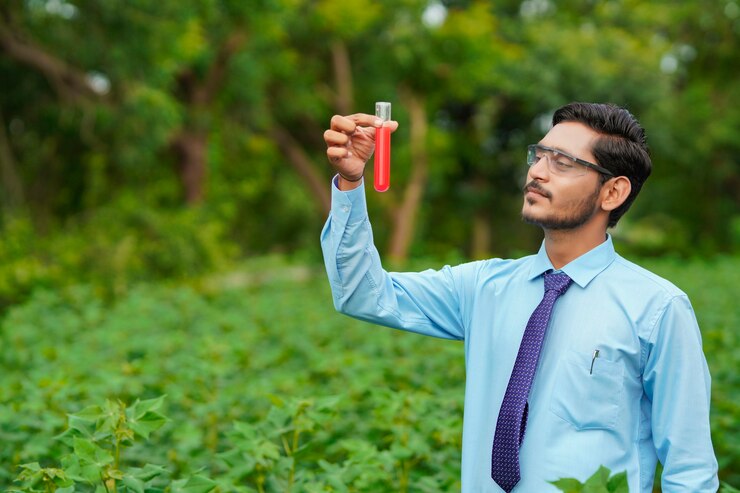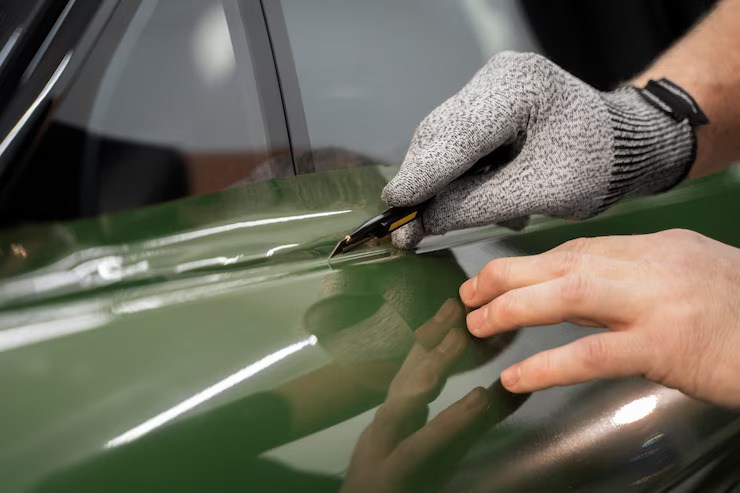Save Thousands: Why Soil Testing is a MUST Before You Build

There are many things to consider before any residential construction such as the type of building or structure to be erected, the materials to be used, the labor to be employed, and very important, the soil on which the construction will be done.
Soil testing is a crucial construction procedure used to assess the suitability and strength of the soil to support a building. You can do it to determine the soil quality and ultimately to avoid any future damage to the building. Do not, however, mistake this for soil testing in agriculture, which is used to measure the pH level and nutrient deficiencies in a particular soil.
Several factors affect the soil testing process. This could be weather and climate change. Thus, it is essential to check the soil health before commencing work. It is also necessary to consider the previous work on the land, like farming or previous construction.
Soil testing gives constructors an idea of what to expect when building on soil. But, is it really necessary to do soil testing, and is it as important as experts claim? Let’s find out.
Understanding The Concept Of Soil Testing
Soil testing is known for being a scientific process that strongly analyzes the chemical, biological, and physical properties of soil. It helps to provide information about a soil’s pH level, nutrient level, texture, organic matter, and other potential contaminations.
This soil testing is important for so many reasons. Firstly, soil testing strongly helps people to make informed decisions about land usage, crop selections, environmental remediation, and lastly, fertilizer application.
Secondly, soil testing can be useful to help farmers understand how much fertilizer to use (more like a precise quantity and proportion). This way you can easily prevent over-fertilization while reducing environmental pollution.
Thirdly, soil testing helps to provide baseline information on soil health, and further recommendations based on the same help you to improve it.
The Soil Testing Process
The soil testing process is mainly conducted to determine the suitability of the soil for multiple applications. This includes agriculture, construction, and further environmental remediation.
This soil testing process involves the following steps:
- Sampling: This step includes the collection of soil samples from the bottom horizon first.
- Drying: Then, the oil is spread on a clean sheet of paper in the shade in order to dry it.
- Powdering: Now, you can break the soil into its ultimate particles by using a wooden mallet.
- Sieving: Once the powdering stage is done, you can pass the soil through a sieve in order to separate the particles that are larger than 2 mm.
- Chemical analysis: Lastly, you will have to chemically remove all elements from the soil and further measure their content.
Geotechnical engineers are highly responsible for the soil testing. There are geotechnical services that ensure both the safety and success of the entire construction project. They are highly responsible for soil testing, ground investigations, slope stability analysis, communication, and lastly the foundation of the design.
Costs Associated with Soil Testing in Australia
The overall cost of soil testing in Australia is highly dependable on the type of test as well as the amount of soil that is being tested.
Standard Soil Test
In greater Melbourne, standard soil testing might cost you around $500-$800. This includes GST as well. This specific price covers most of the projects. The standard soil testing includes new dwellings, sheds, decks, pools and extensions.
Other Types Of Soil Tests
The cost of other kinds of soil tests can start from $20, and it can go upto $1200. This totally depends on the type of testing:
| Type of testing | Cost |
|---|---|
| Turf soil testing | $20–$100 |
| Sulfur and boron testing | $25–$100 |
| Gravity testing | $50–$80 |
| Fertility testing | $50–$300 |
| Heavy metal screening | $70–$200 |
| Boring (15 feet deep) | $1,000–$1,200 |
Why Is Soil Testing Done?
Soil is made up of several chemical, biological, and physical components. These soil components all interact to affect the soil stability and bearing capacity. Some of the reasons why soil testing is done are;

1. To determine the soil quality and suitability
Experts perform soil testing to determine whether the soil is of good quality and if it is suitable for a project. Construction projects may be delayed or even canceled because of soil unsuitability.
2. To determine the water level
It helps them to determine the water level of the soil, and with this information, they can make the best decision as to the type of building materials that suits the nature of the soil.
3. To identify engineering properties of the soil
The engineering properties of soil can greatly affect its quality and suitability for the construction of any structure. One of these properties is the specific gravity of the soil, some others being elasticity, permeability, and cohesion. It is very important to determine the engineering properties of the soil on your site as it gives an insight into what to expect.
How Is Soil Testing Done?
There are different types of soil tests, and they are all done differently. These tests can be categorized according to what they are expected to reveal and also on the properties of the soil. They can be conducted either in a laboratory or on the construction site.

1. Moisture Content Test
The moisture content of soil can greatly affect major decisions in construction. For example, the moisture content of the soil will determine whether to use corrosion-resistant materials instead of regular ones.
Therefore, it is important to carry out this test before construction. The methods for this test include but are not limited to, the oven-drying method, torsion balance method, alcohol method, and the sand bath method.
2. Gravity Test
This test can be done using different methods such as the density bottle method, the shrinkage limit method, and the Pycnometer method. The test determines the ratio of the density of the soil solids to the density of the water.
3. Dry Density Test
The dry density test helps to determine whether the soil is dense or loose depending on the weight of the soil particles. It can be done using the water replacement method, the core cutter, or the sand replacement method.
There are other types of tests like the Atterberg Limits test which measures the critical water content of fine-grained soil using three limits; the liquid limit test which uses Casagrande’s liquid limit device to determine the soil’s liquid limit, the plastic limit test, and the shrinkage limit test.
In the plastic limit test, water is added to the soil sample, it is then put into a glass plate and rolled into threads. The idea behind this method is to test the point at which the thread breaks as a new sample is used, each with less water than the previous one.
While in the shrinkage limit test, a formula is used to determine the amount of water that will fill the voids of the soil. There is also the Proctor’s Compaction test to determine the compaction in the soil by reducing the air voids.
What It Generally Costs To Do A Soil Test

The cost of having a soil test depends on several factors, such as the type of test that will be done and the company that is hired to perform the test. These companies differ based on the accuracy of their services and the price that they charge.
Generally, it costs about $390 to $490 to perform the Soil test in Australia. The price may increase depending on the proposed type of construction, and the depth of drilling that will be done. Sites with the deep filling will cost more since they require deeper drilling.
In case there is concrete paving it will cost additional fees to cut the concrete. Additional testing may attract additional fees.
Also if your site falls within a designated Erosion Management Overlay (EMO), or outside a normal residential setting you may be charged more. Some companies also charge travel fees, if your site is located in another country.
Generally, the cost is totally dependent on the project, the depth of testing that is necessary, the contractors hired, and the site requirements.
Conclusion
Soil testing is an efficient way to assess the quality of the soil. Although it is not a relatively cheap procedure because of all the possible expenses that you may face, soil testing can help to prevent future troubles with your building and, thus, save you the cost of repairs.
So, it is preferable to have a soil test done on your site before you start building. Whether you are doing the soil testing on-site or in a laboratory, ensure that the specialists have the qualification for the soil testing/ This way, you can get value for your money.
The time it takes for the test to be completed is dependent on the parameter being measured and possible unforeseen delays which may be encountered.
Additionals:











Leave A Reply